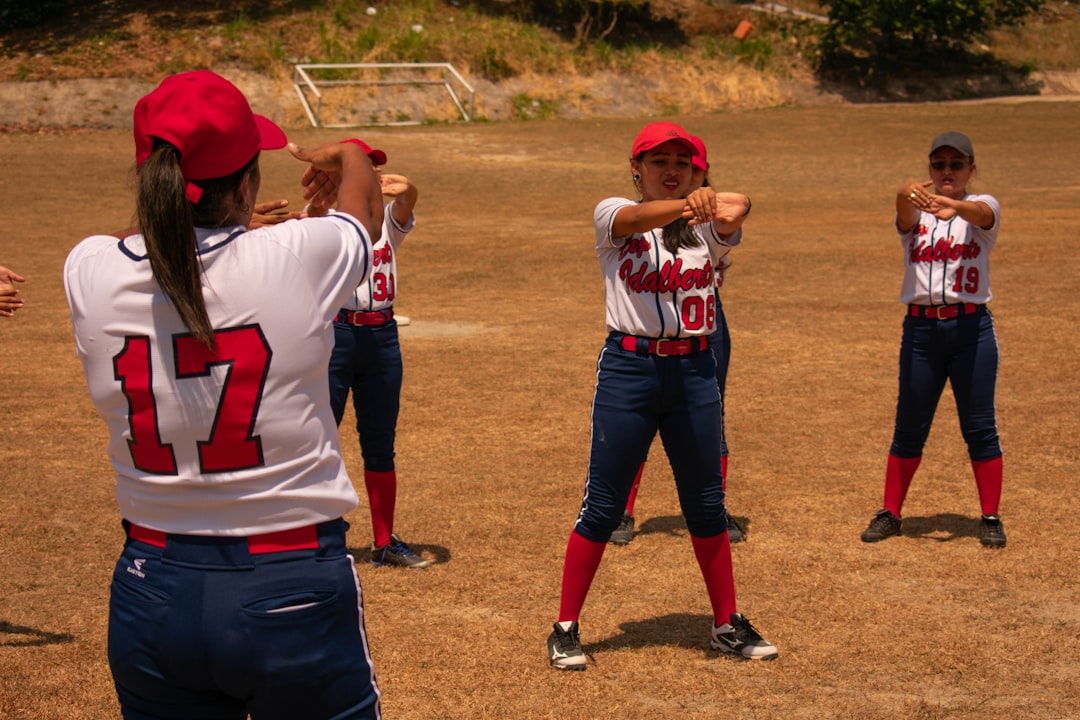Badminton is a fast-paced and exciting sport enjoyed by millions around the world, blending agility, precision, and strategic play. Whether you’re a casual player or an aspiring professional, understanding the layout of the court is essential for optimized gameplay and fair competition.
TL;DR: A standard badminton court measures 13.4 meters in length and 6.1 meters in width for doubles matches. For singles play, the width narrows to 5.18 meters. The net sits at a height of 1.55 meters at the edges and 1.524 meters at the center. These dimensions are set by the Badminton World Federation (BWF) and apply to both amateur and professional levels of play.
Standard Dimensions of a Badminton Court
The official dimensions of a badminton court are standardized by the Badminton World Federation (BWF), the global governing body for the sport. Regardless of where one plays—be it an Olympic venue or a neighborhood recreational center—the court measurements remain the same to ensure uniformity in competitive gameplay.
- Total Length: 13.4 meters (44 feet)
- Total Width (Doubles): 6.1 meters (20 feet)
- Total Width (Singles): 5.18 meters (17 feet)
These dimensions are measured from the outer boundaries of the court and include all lines. The court is rectangular and divided by a net at the center, separating it into two equal halves.

Markings on the Badminton Court
Each badminton court is marked by a series of boundary lines and internal zones that define where players can and cannot move or hit the shuttle. These include:
- Sidelines: Separate singles and doubles play areas. The inner sidelines are used for singles, while the outer ones are for doubles.
- Baseline: Parallel to the net, this is the back line of the court.
- Service Line: Specific to either singles or doubles service areas.
- Center Line: Divides the court into two service courts.
- Short Service Line: The minimum distance a serve must travel.
The service courts are important tactical zones from which players serve and receive. They include:
- Left and Right Service Courts for each player
- Front and back boundaries for distinguishing valid service areas in singles and doubles
Net Dimensions and Placement
The net stands at the center of the court and plays a pivotal role in determining the flow of the game. It is made from fine nylon or similar material and features a white capped top bound with tape.
- Net Height at Posts: 1.55 meters (5 feet 1 inch)
- Net Height at Center: 1.524 meters (5 feet)
- Net Width: 6.1 meters, covering the full court width
- Net Depth: 0.76 meters

The poles used to support the net are placed outside the doubles sideline, even when a singles match is being played. This ensures that the net always maintains the standard width.
Singles vs. Doubles Court Differences
While singles and doubles are played on the same court, the playing area differs slightly between the formats:
Singles Court
- The width is 5.18 meters (17 feet)
- Uses the inner sideline for boundary
- Back boundary and service area remain the same
Doubles Court
- The width extends to 6.1 meters (20 feet)
- Utilizes the outermost sidelines
- Has a shorter service area due to the long service line for doubles
Because of these changes, playing strategies in doubles often involve more positioning and covering the wider court span. Singles players, on the other hand, focus on court coverage and endurance.
Flooring and Surface Considerations
While the dimensions of the court remain constant, the type of surface can vary based on location and purpose:
- Professional Tournaments: Wooden or synthetic mats approved by the BWF
- Local Venues: May use rubber, vinyl, or even concrete surfaces for casual play
Flooring can impact the bounce, grip, and movement, thereby subtly influencing gameplay. Therefore, professional courts are carefully constructed to ensure player safety and consistent performance.
Indoor vs. Outdoor Courts
Badminton is primarily played indoors to eliminate the impact of wind on the shuttle. However, casual games may take place outdoors. In such cases, while the court dimensions remain the same, wind and light conditions may affect visibility and shot accuracy.
Indoor courts also allow for proper lighting and environmentally controlled conditions, both of which are crucial at higher levels of play.
Importance of Standard Court Dimensions
Consistent court dimensions foster fair competition and help players develop their skills in a standardized setting. These parameters:
- Ensure uniformity in tournaments
- Enhance the strategic depth of the game
- Support coaching and physical training through measurable performance areas
Players, coaches, and officials all rely on these standardized measurements to create reliable training regimes and conduct matches under equal conditions.
FAQ
- Q: What is the length of a badminton court?
A: The full length of a standard badminton court is 13.4 meters (44 feet). - Q: Is the court size the same for singles and doubles?
A: No, the length is the same, but the width differs. Doubles courts are 6.1 meters wide, while singles courts are 5.18 meters wide. - Q: What is the height of the badminton net?
A: The net height is 1.55 meters (5 feet 1 inch) at the edges and 1.524 meters (5 feet) at the center. - Q: Can badminton be played outdoors?
A: Yes, but it is generally recommended to play indoors to prevent the shuttlecock from being affected by wind or weather. - Q: Are the net post positions different in singles and doubles?
A: No, the posts remain fixed outside the doubles sidelines even during singles play. - Q: How wide is the service court?
A: Each service court is half the width of the full court (approximately 2.59 meters for singles).
Understanding the detailed layout and dimensions of a badminton court is vital for anyone looking to seriously engage with the sport. From casual games to championship tournaments, these measurements ensure fairness, consistency, and optimal play for all athletes.